Articles
- Page Path
- HOME > J Korean Powder Metall Inst > Volume 23(1); 2016 > Article
-
Article
- Development of Powder Injection Molding Process for Fabrication of Glass Component
- Dongguo Lin, Junghyun Leea, Seong Jin Park*
-
Journal of Korean Powder Metallurgy Institute 2016;23(1):26-32.
DOI: https://doi.org/10.4150/KPMI.2016.23.1.26
Published online: January 31, 2016
Department of Mechanical Engineering, Pohang University of Science and Engineering (POSTECH), Pohang 790-784, Korea
a GTC, Samsung Electronics Co., Ltd., Suwon 443-742, Korea
- * Corresponding Author: Seong Jin Park, TEL: +82-54-279-2182, FAX: +82-54-279-5899, E-mail: sjpark87@postech.ac.kr
• Received: November 2, 2015 • Revised: December 14, 2015 • Accepted: December 17, 2015
© The Korean Powder Metallurgy Institute. All rights reserved.
- 1,733 Views
- 17 Download
- 8 Crossref
Figure & Data
References
Citations
Citations to this article as recorded by 

- Fabrication and characteristics of Li2TiO3 pebbles manufactured by using powder injection molding (PIM) process
Young Ah Park, Yi-Hyun Park, Mu-Young Ahn, Young Soo Yoon
Journal of Nuclear Materials.2024; 597: 155140. CrossRef - Combined simulation of micro and nanoparticles in RF inductively coupled plasma torches with the variations of metallic species and feeding nozzle location
Cheongbin Cheon, Ho Jun Kim, Hae June Lee
Japanese Journal of Applied Physics.2023; 62(SA): SA1014. CrossRef - High-throughput injection molding of transparent fused silica glass
Markus Mader, Oliver Schlatter, Barbara Heck, Andreas Warmbold, Alex Dorn, Hans Zappe, Patrick Risch, Dorothea Helmer, Frederik Kotz, Bastian E. Rapp
Science.2021; 372(6538): 182. CrossRef - Controlling the sintering response in the development of multilayered components produced via powder injection molding route—a review
O. J. Ojo-kupoluyi, S. M. Tahir, T. T. Dele-Afolabi, M. S. Anuar
The International Journal of Advanced Manufacturing Technology.2020; 107(9-10): 3755. CrossRef - Fabrication of pressureless sintered Si3N4 ceramic balls by powder injection molding
Chang Woo Gal, Gi Woung Song, Woon Hyung Baek, Hyung Kyu Kim, Dae Keun Lee, Ki Wook Lim, Seong Jin Park
Ceramics International.2019; 45(5): 6418. CrossRef - Thermal decomposition behavior and modeling of PMN-PZT ceramic feedstock with varying binder compositions
Jae Man Park, Jun Sae Han, Chang Woo Gal, Joo Won Oh, Dongguo Lin, Jaebum Noh, Kunal H Kate, Sundar V Atre, Youngmoo Kim, Seong Jin Park
Materials Research Express.2019; 6(6): 065316. CrossRef - Powder Injection Molding Process in Industrial Fields
Joo Won OH, Chang Woo GAL, Daseul SHIN, Jae Man PARK, Woo Seok YANG, Seong Jin PARK
Journal of the Japan Society of Powder and Powder Metallurgy.2018; 65(9): 539. CrossRef - Optimization of Process Condition for Fe Nano Powder Injection Molding
Joo Won Oh, Won Sik Lee, Seong Jin Park
Journal of Korean Powder Metallurgy Institute.2017; 24(3): 223. CrossRef
Development of Powder Injection Molding Process for Fabrication of Glass Component

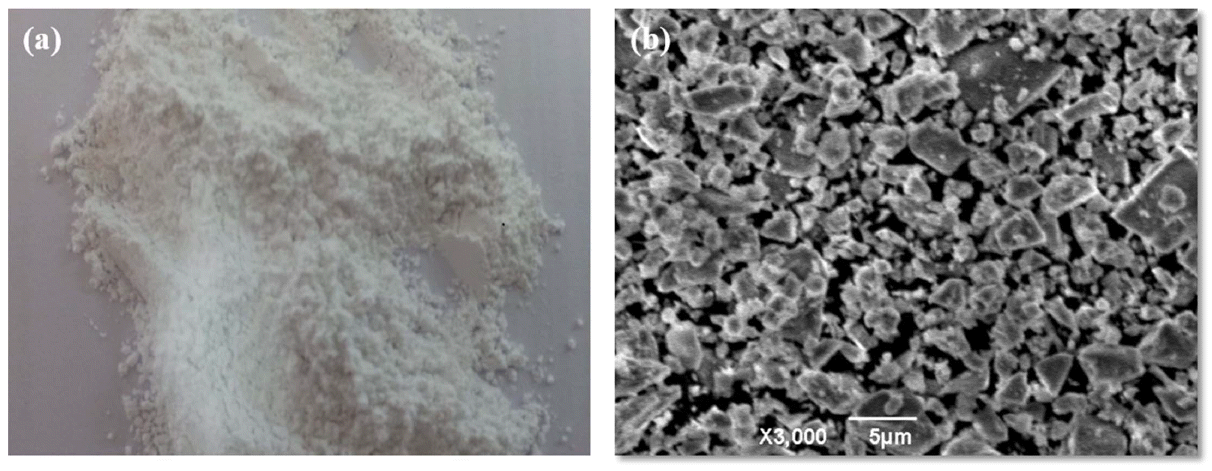
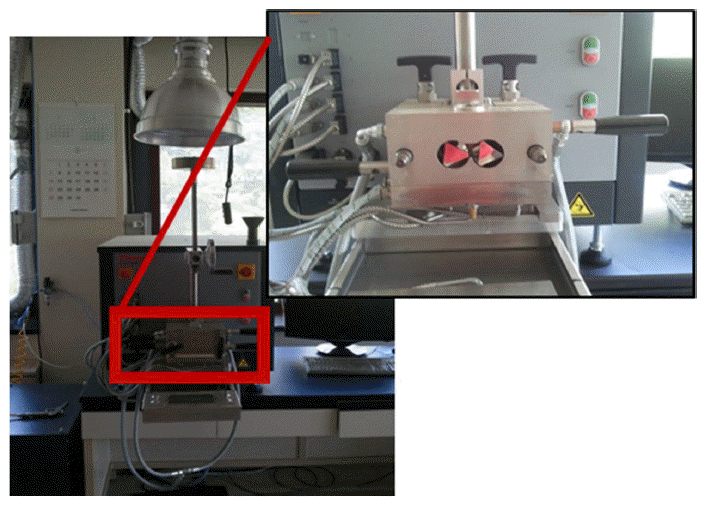
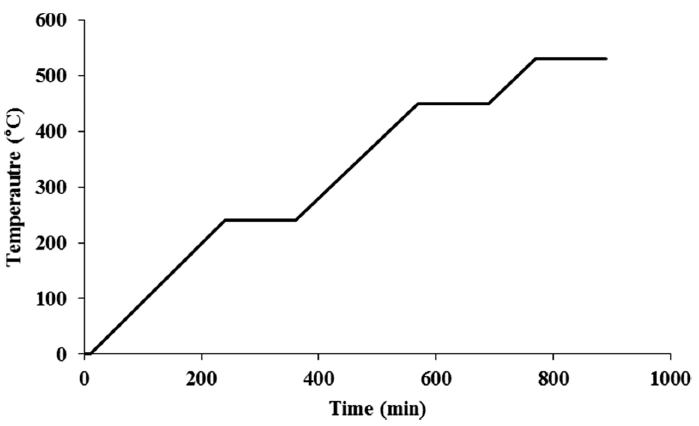
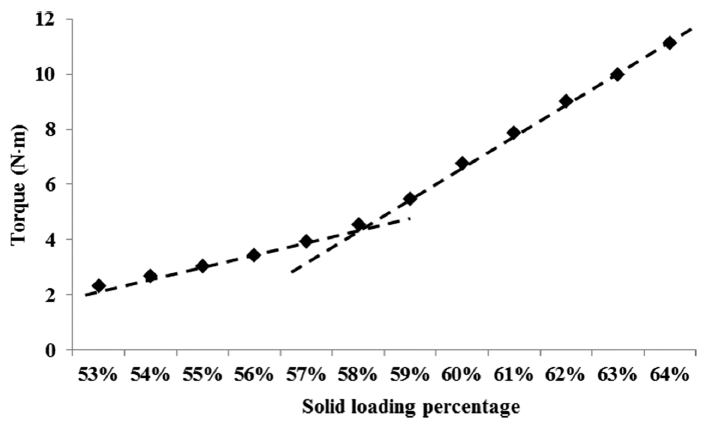
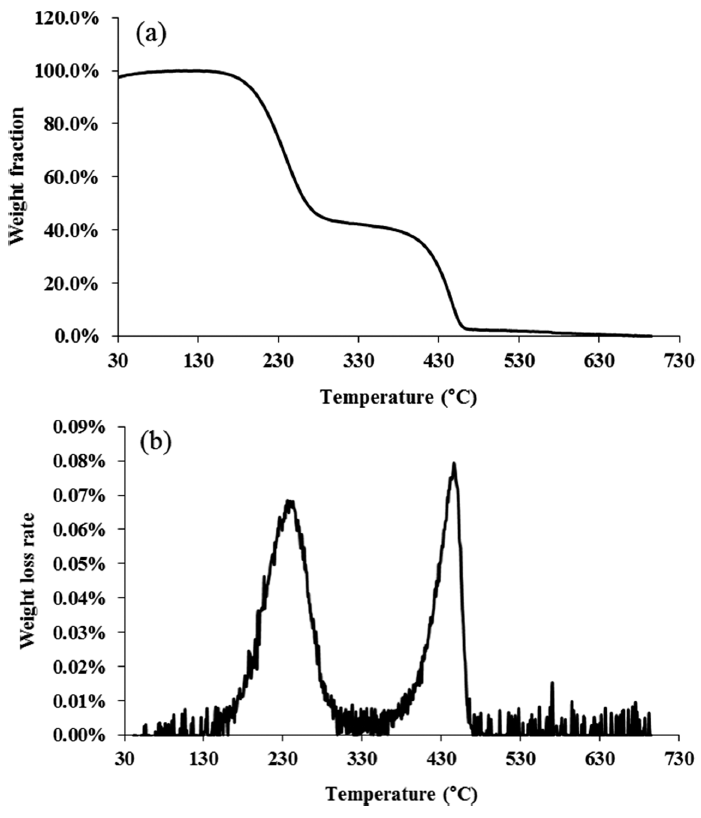
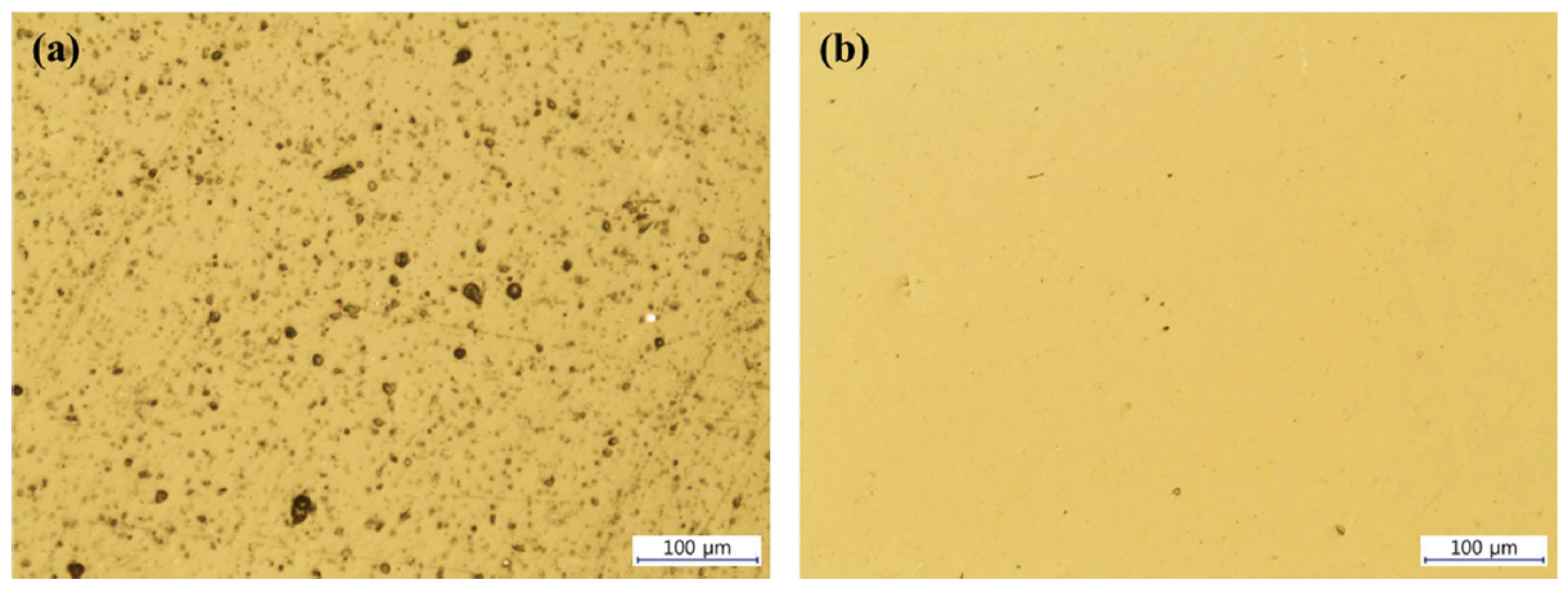

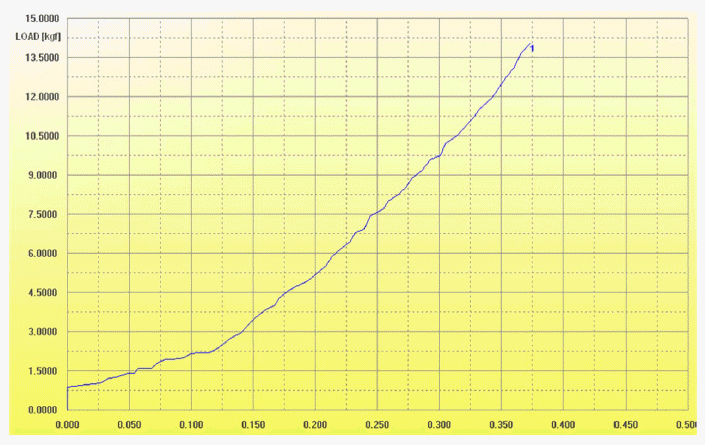

Fig. 1
Schematic diagram of PIM process.
Fig. 2
The images of PDP glass powder: (a) As-received powder image, (b) SEM image.
Fig. 3
Torque rheometer with twin-screw mixing chamber.
Fig. 4
Temperature profile for thermal debinding.
Fig. 5
The torque of glass feedstock at different solid loading percentage.
Fig. 6
TGA results for prepared glass feedstock: (a) Weight loss, (b) Weight loss rate.
Fig. 7
Microstructures of cross-section of fabricated glass samples: (a) Sintered body, (b) Sinter-HIPed body.
Fig. 8
Results of bending test for PIMed and fused samples (load vs. displacement).
Fig. 9
Results of bending test for PIM-HIPed sample (load vs. displacement).
Fig. 10
Thermal expansion coefficient of fabricated glass sample.
Fig. 1
Fig. 2
Fig. 3
Fig. 4
Fig. 5
Fig. 6
Fig. 7
Fig. 8
Fig. 9
Fig. 10
Development of Powder Injection Molding Process for Fabrication of Glass Component
| Property | PW | PP | PE | SA |
|---|---|---|---|---|
|
|
||||
| Density (g/cm3) | 0.92 | 0.92 | 0.93 | 0.95 |
| Melting temperature (°C) | 51 | 78 | 120 | 53 |
| Decomposition temperature (°C) | 242-280 | 464-481 | 464-471 | 246-275 |
| Injection molded | Solvent debound | Debound PW | |
|---|---|---|---|
|
|
|||
| Mass (g) | 2.92 | 2.58 | 0.34 (86 % of total PW) |
| Injection molded | Solvent debound | Thermal debound | Debound binder | |
|---|---|---|---|---|
|
|
||||
| Mass (g) | 2.92 | 2.58 | 2.28 | 0.64 (99.6 % of total binder) |
Table 1
Physical properties of binders
Table 2
Weight loss after solvent debinding
Table 3
Weight loss after thermal debinding
Table 1
Table 2
Table 3
TOP
 kpmi
kpmi

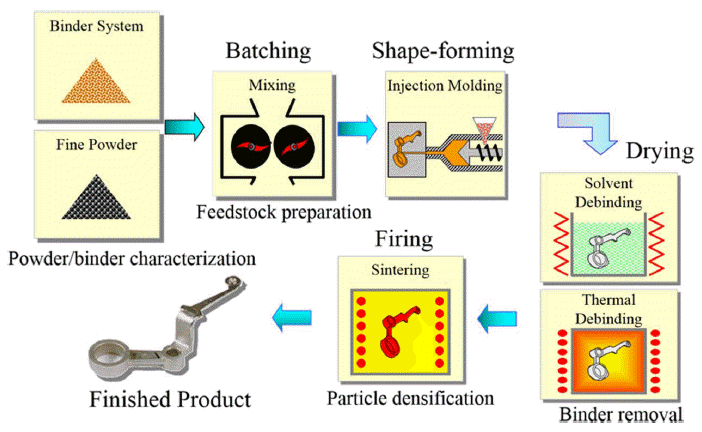






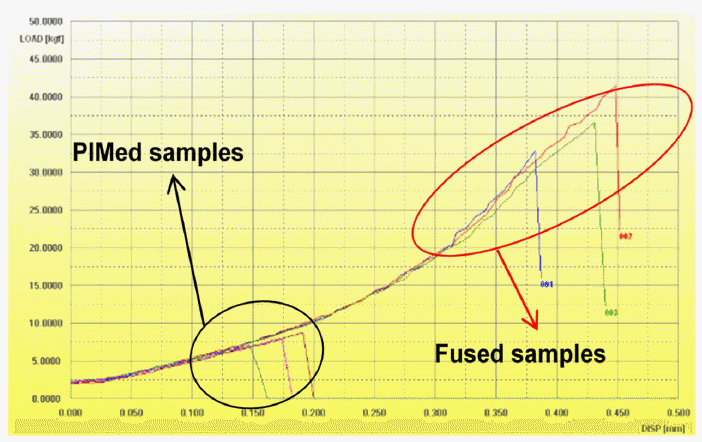


 Cite this Article
Cite this Article










